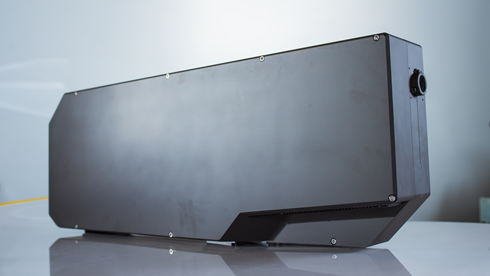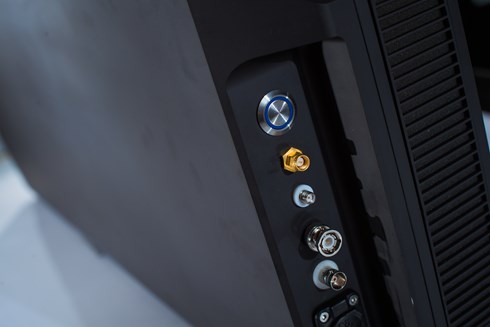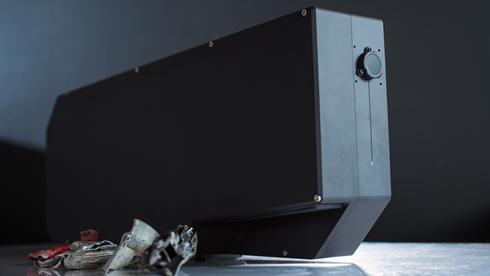Take a Deeper Dive into Ocean Applied >
Talk to our world-class experts about unlocking the unknown answers to your toughest questions.




Ocean Applied’s SpeedSorter™ is an industrial, high-throughput sensing system designed for in-line, nonferrous scrap sorting in difficult environments. Based on laser-induced breakdown spectroscopy (LIBS), the SpeedSorter quickly determines the chemical composition of each aluminum scrap object and communicates the result to the sorting system. With the SpeedSorter, separation of wrought from cast aluminum, aluminum from magnesium, and alloy class separations like 5xxx and 6xxx are all easily accomplished, where technologies like XRF and XRT do not perform as well.
Ocean Applied SpeedSorter LIBS sensors will customize your exact needs, with consideration of conveyor capabilities, input material composition and size, and desired output and diversion control. Custom separations are available as well. SpeedSorter is designed for single-lane or multi-lane systems, so you can start with one lane or as many as needed to handle the ever-growing market demand for recycled aluminum.
Applications
Sustainability initiatives to reduce carbon footprint, minimize waste and encourage recycling are increasing. In this article, we focus on the optical sensing technologies that help industry to recycle metals, plastics and other materials more effectively.
SpeedSorter, a LIBS-based system developed for scrap metals sorting, is the winner of the Sensors category in the 2023 Prism Awards. This the 15th anniversary of the awards, which recognizes the best new photonics products on the market.
As demand for recycled aluminum rises, tools like SpeedSorter help recyclers to distinguish between aluminum categories and alloys, ensuring the purest product for recycling and moving closer to a true circular economy.
Enjoy this three-minute video guide to the 2023 Prism Award winner – an industrial-grade, LIBS-based sensor for in-line scrap metals sorting in challenging environments.
Aluminum is one of the most popular production materials on the planet. But producing new aluminum is highly energy-intensive, and manufacturing methods leave a large carbon footprint. Technology like the SpeedSorter is helping to address that.
| Base Elements: (Testing required in some cases) |
Al, Mg, Cu, Zn |
| Alloying Elements: (Testing required in some cases) |
Al, Fe, Mg, Mn, Si, Pb, Cr, Ni, Cu, Zn (Sn in special configurations) |
| Laser: | Class 3R Red, Class 4 IR-A |
| Working distance: | 248 +/- 7 mm from front face of modules |
| Divert signal output: | 24V, 0.5A max (can be configured for other signals) |
| Communication: | TCP/IP over Ethernet 100 mbps |
| Communication protocol: | Available in "SpeedSorter Software Protocol Document" (when available) |
| Control software: | Client-side GUI, controls for setting recipes, viewing element ratios, number of pieces sensed/diverted, processed spectra, laser status, system temps, error and fault messages, saving data on device. Control up to 10 modules in Tabs, certain operations performed globally. |
| Memory: | Onboard memory for saving several hours data per session |
| Power: | 24VDC 600W (din rail mount power supply included) |
| Laser safety: | BNC remote laser interlock, E stop, onboard and remote laser status LEDs |
| Ventilation requirements: | 150 CFM per module clean filtered air |
| Installation requirements: | Supply of ~60 CFM clean filtered air to recommended lens air shield (requirement and design depends on installation parameters) |
| Ambient operating conditions: | 0 °C-40 °C non-condensing 25%-85% RH |
| Storage conditions: | -10 °C-65 °C non-condensing 25%-85% RH |
| Dimensions: | ~120 mm x 300 mm x 850 mm |
| Weight: |
~28 kg |

Talk to our world-class experts about unlocking the unknown answers to your toughest questions.